When it comes to plants, some essential elements are the same regardless of the growing method or the plant species; they all need pollination and fertilization to produce fruits. The pollination process was easily facilitated by nature when the plants were grown in soil, where they have always been. Today we are using indoor hydroponic systems, which made me wonder, do hydroponic plants need pollination?
So, do hydroponic plants need pollination? The short answer is yes. In fact, every plant species need to undergo pollination and fertilization to form a fruit. However, the pollination process differs according to the plant you are growing. Some plants might require human intervention and some won’t.
When plants were grown using soil in fields, it was their natural habitat. This environment provided several factors that contributed effectively to the pollination process of many plants.
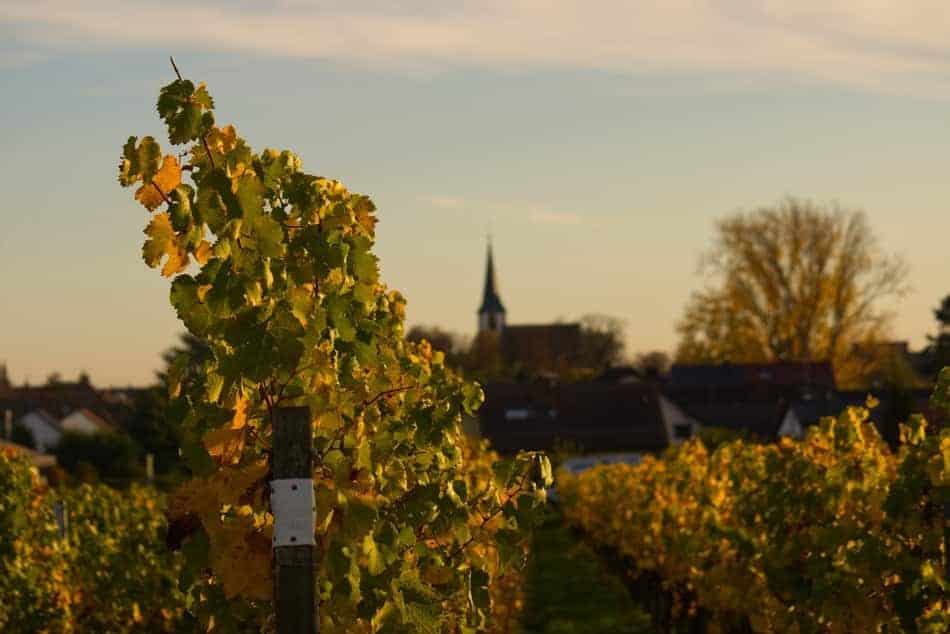
The wind is one of the most common pollination methods in open fields. Moreover, bees also tend to help in the pollination method effectively by transferring pollen grains to female flower parts of the plant.
On the other hand, indoor hydroponics lack many, if not all, of the factors that the natural open fields tend to provide. Wind and bees are almost unheard of in an indoor greenhouse using a hydroponic system.
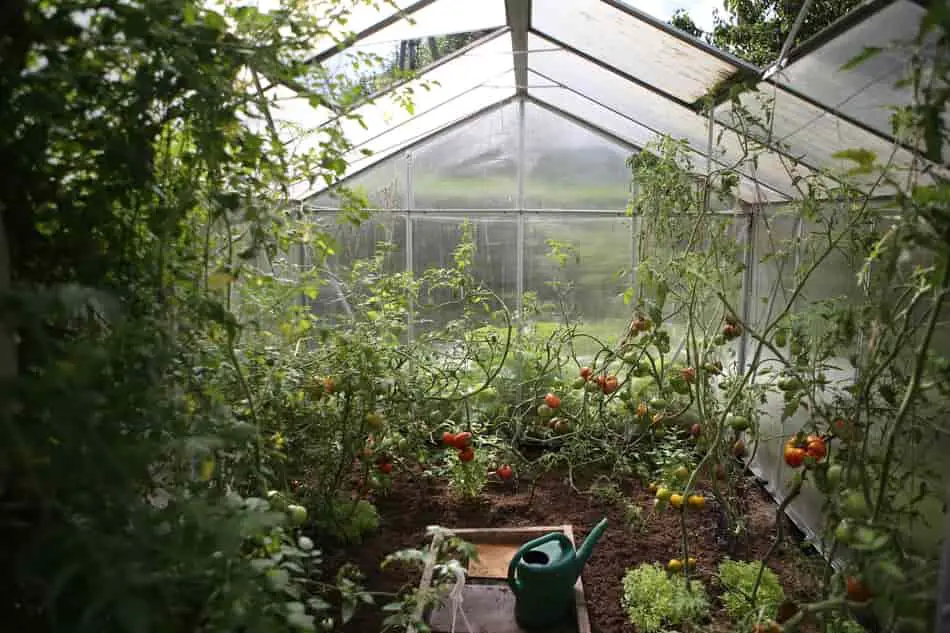
Human intervention sometimes has to be done to compensate for the lost pollination methods that nature tends to provide.
But first, you need to find out if your plants require intervention to complete the pollination process if they can self pollinate themselves without any human intervention.
How To Know If My Plant Needs Pollination
As I have mentioned before, every plant needs pollination. The main question is, do the plants need my intervention for the pollination process to succeed?
To find out, you need to know the classification of the plants in terms of pollination. Plants are classified into different types:
- Self Pollinating Plants
- Cross Pollinating Plants
- Leaf and Root Crops
Self Pollinating Plants
This type of plant doesn’t require any human intervention for a simple reason; they have both the male and female reproductive parts necessary for the pollination to succeed.

Self-pollination can happen in two shapes. The first one is when pollen from the anther of one flower reaches the stigma of the other flower on the same plant. Pollen can be transferred in this way through several methods.
However, when using indoor hydroponic systems, pollen can simply fall from one flower onto another flower below. Giving your plants a simple shake every couple of days can be more than enough to ensure successful pollination.
The second type of self-pollination is when a flower has both reproductive parts, the anther and stigma. In this case, pollen will be easily transferred, and even the simple shake that I have mentioned before is not required.
The Most common self-pollinating plants are:
- Cucumbers
- Peppers
- tomatoes
- Beans
- Eggplants
- Peas
- Orange Trees
- Lemon Tree
Some self pollinating plants will need some kind of extra assistance such as:
- Tomatoes
- Peppers
- Eggplants
But even if you are growing these crops, there is nothing to worry about. I have told you a simple shake every couple of days can be sufficient for any plant to undergo the pollination process.
Cross Pollinating Plants
The cross-pollination plants are somehow different from self-pollinating plants. This type of pollination depends on the transfer of pollen grains from the anther of one plant to the stigma of another plant that is of a different variety.
As a result, a new variation of the plant will be formed in the form of a fruit. The final fruit contains the genetic characteristics of both original plants. The fruit seeds can then be used to grow a plant with a new variety. which is known as a hybrid plant.
Most of the plants can undergo self pollination as well as cross pollination.
This type of pollination is somehow controversial. Some growers use this method to grow new varieties that produce crops with better taste, more vibrant colors, or fruits with larger sizes. On the other hand, other growers disagree with this type of pollination as the final product might not meet their requirements.
The most common plants are:
- Strawberries
- Blueberries
- Apple trees
In general, most of the fruit-bearing plants will require a cross-pollination. Strawberries and blueberries are the most common ones grown hydroponically. However, citrus trees like orange or lemon trees do not require cross-pollination as they are considered self-fruitful.
While apple trees are not common to be grown in a hydroponic system, I have seen several people succeeding in growing them using an ebb and flow system.
Leaf and Root Crops
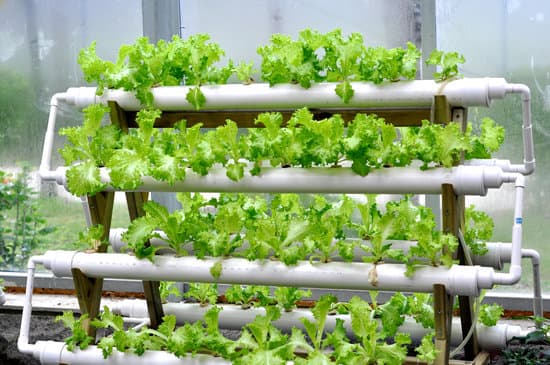
The pollination of leafy greens such as lettuce is useless for a simple reason, we do only harvest their foliage and not the actual fruit. As a result, there is no reason to worry about their pollination. This applies to the root crops like carrots as well.
These crops are:
- Spinach
- Cabbage
- Herbs
- Lettuce
- Radishes
- Beets
- Carrots
Methods of pollination
Congratulations, you have learned to identify what type of pollination does your plant use. Now, it is time to learn the right methods used for assisting the pollination of each plant.
Bees
Before learning how to use bees to assist you in your indoor hydroponic system, you must first know how to help plants to undergo the pollination process.
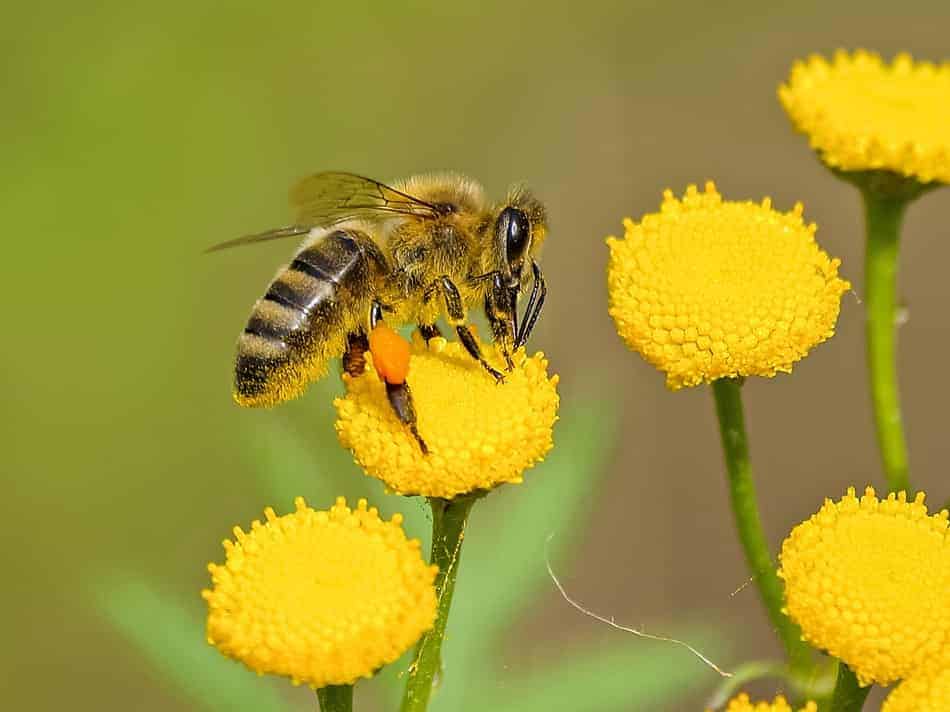
Bees assist in both self-pollination and cross-pollination. When a bee stands on a flower to get the nectar, pollen of the flower’s anther stick to their body. Later on, the bee moves to another flower of the same plant or another plant with different varieties to repeat the same process of getting nectar. The transfer of pollen has never been easier.
You might think that bees are not useful in self-pollinating plants with both female and male reproductive parts in the same flower. But actually, this is quite the opposite. Bees also provide a critical assist to these types of flowers.
The vibrations created by the bee while standing on the flower tend to stimulate the flower anthers to release more pollen grains. As a result, more pollen grains means having a higher probability of successful pollination in self-pollinating flowers.
When plants were grown in open fields, bees tend to play a huge role in pollination. But, unfortunately, Bees cant reach indoor greenhouses because of the controlled environment these houses have.
Growers like to keep their indoor greenhouses this way to prevent pests and infections from reaching their crops. But this method prevents bees from reaching the flowers, so the magical effect of bees in the open fields is no longer available.
So, how can I use bees for my indoor hydroponic system? Well, there are several options available according to your situation.
Beehive
If you are growing hydroponics indoor on a commercial scale, then I advise you to start thinking about getting an indoor beehive. Moreover, you can also have a beehive outside near the greenhouse door. Opening the door during the day will allow bees to get in and out easily.
But first, you need to provide some essential factors for the bees to survive. Make sure to provide enough shade for them; you do not want these bees to abandon your greenhouse because of excessive light from the sun or grow lights.
You also have to ensure that the bees can get enough water supply. Bees work all day going from this flower to the next one; you cant expect them to do all of this work without having some kind of a water supply.
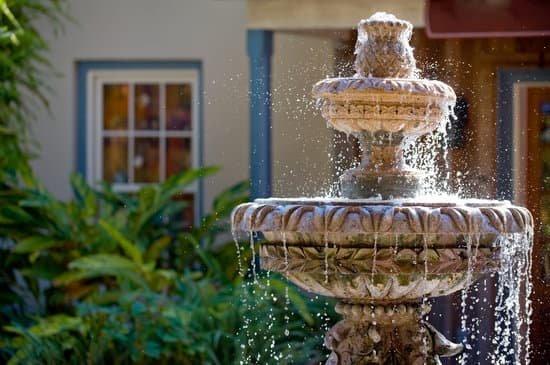
A simple fountain can do the trick. But make sure that the water flow is not too fast, you don’t want your bees to drown when they approach the water to drink. Try to keep the water as settled as possible. If you don’t want to invest in a water fountain, a bucket of water will be more than enough.
Having beehives can be uncomfortable in many ways. After all, no one likes to get stung by bees, especially, when some hydroponic systems are placed in the backyard or the basement of a house. Bees can get into the house or make you uncomfortable to sit at your own backyard.
So, in this case, there is no point in getting a beehive. Using the artificial bee method can be less risky, more comfortable, and easy to use on a small scale.
Artificial Bee
The artificial bee is not what it sounds like. You might think that an artificial bee will be some sort of a small robot flying around the plants in your hydroponic system. But it is much more simple than that.
The artificial bee is a device that creates vibrations like that produced from normal bees as I have mentioned before these vibrations stimulate the male parts of the flower to release pollen. This can increase the portability of pollination.

First, the grower needs to identify the flowers with anthers. The artificial bee is then held and rubbed gently on the male anthers. The main issue with this method is that it is time-consuming and cannot be used with large commercial hydroponic systems. So, if you are just an average hydroponic grower like me, you have nothing to worry about.
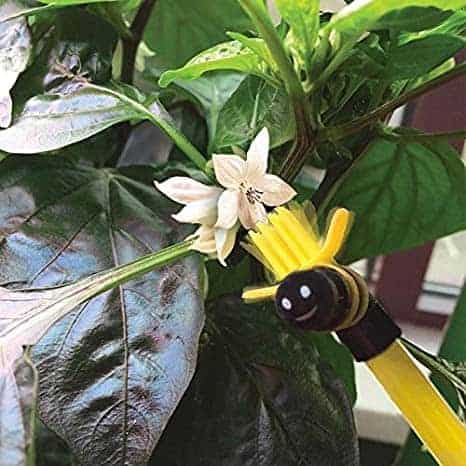
Cheaper alternatives to the artificial bee are available. A simple electronic toothbrush can do the work here.
Paint Brush
The paintbrush method can be used with different pollination types. It can be used to assist self-pollinating plants with female parts on one flower and male parts on another flower. Moreover, cross-pollination can be done, as well.
You can choose the plants that you want to breed together according to their properties and characteristics. The final offspring could be a fruit with better taste or larger size. After selecting the parents, gently brush the flower anthers to get its pollen grains. Then repeat the process, but this time on the stigma of the other flower of your choice.
Artificial Wind
We have to admit that wind used to be one of the major factors in assisting the plant’s pollination process. So, mimicking this factor in an indoor hydroponic system will be a major win, and lucky for us, it can be achievable.
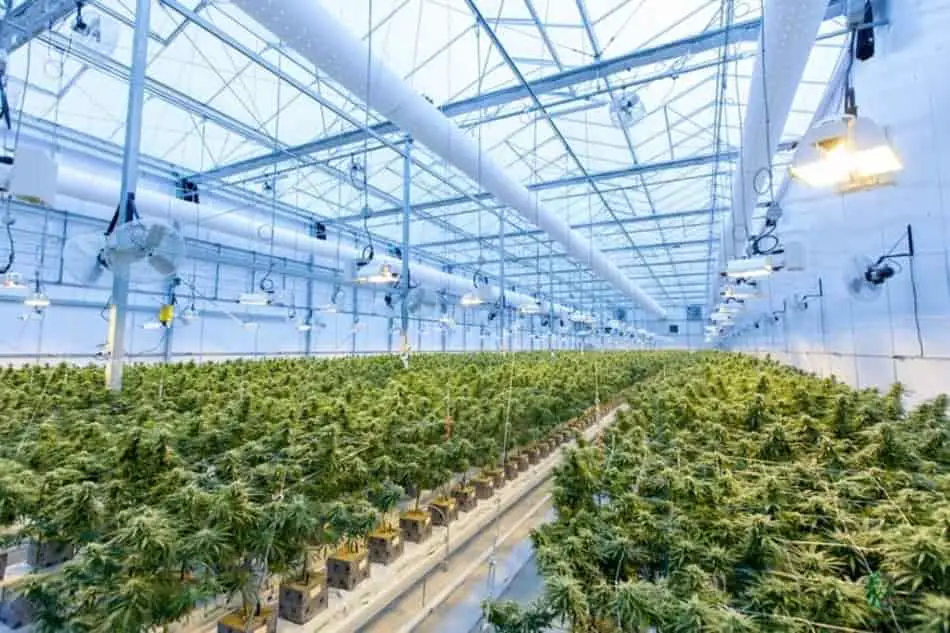
You can keep a fan running every couple of days. this will ensure that created wind will carry the pollen grains from the male parts to the flower female parts successfully. But avoid keeping the fan running on a very high speed, because this will decrease the chance for the successful landing of pollen on the stigma of the flowers.

Just make sure that the fan speed must be sufficient enough only to shake the plant leaves a little bit, but not too much.
Plastic Bag
This is considered one of the simplest methods out there to assist in pollination. It is used traditionally in pollinating palm trees by collecting the pollen grains from the male tree in a plastic bag and transferring it to the female tree.
To use it, wrap a plastic bag around a flower with the male reproductive part. Then shake the branch to make the pollen grains fall into the plastic bag. After collecting the pollen grains, seal the bag around the flower with the female reproductive parts, and then try to make the pollen fall inside the flower itself to reach the stigma.
What Is The Best Time To Pollinate My Hydroponic Plants?
Studies have shown that the pollination process during the morning has the highest chances of success; this is because the flowers during this period tend to open up. Not only does the anthers release more pollen grains, but also stigmas tend to be more open for receiving the released pollen from other flowers.
If you chose to use bees for the pollination of your hydroponic plants, as I said, the morning period would be a perfect time. Bees tend to be super active in the early times of the day. They will keep flying nonstop to collect as much nectar as possible, and pollinating your plants in the process.
Temperature is one of the most critical factors in getting successful pollination. There is no standardized temperature for all plants because each species require a different growing environment.
So, if you have an indoor heating system specialized for the hydroponic plants, try to set it at the optimum temperature of the plant itself.

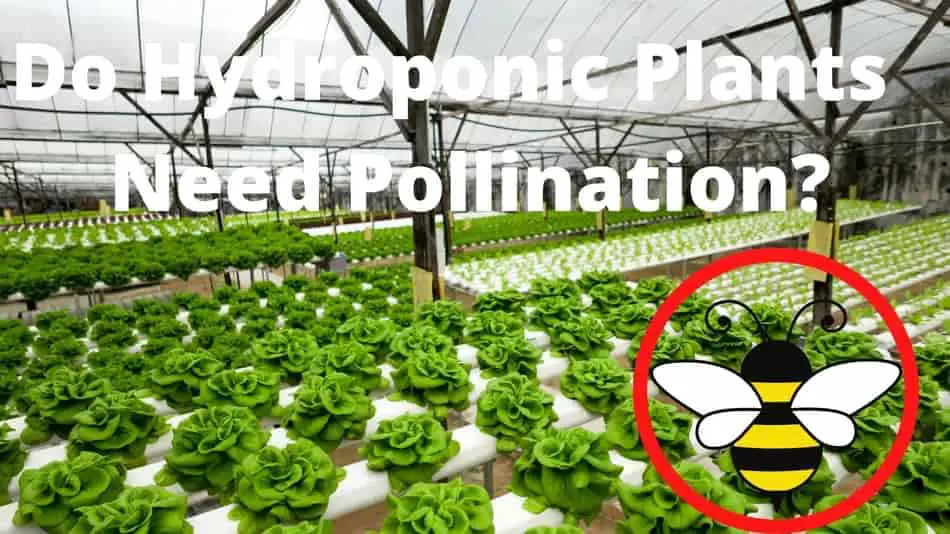

Like!! Really appreciate you sharing this blog post.Really thank you! Keep writing.